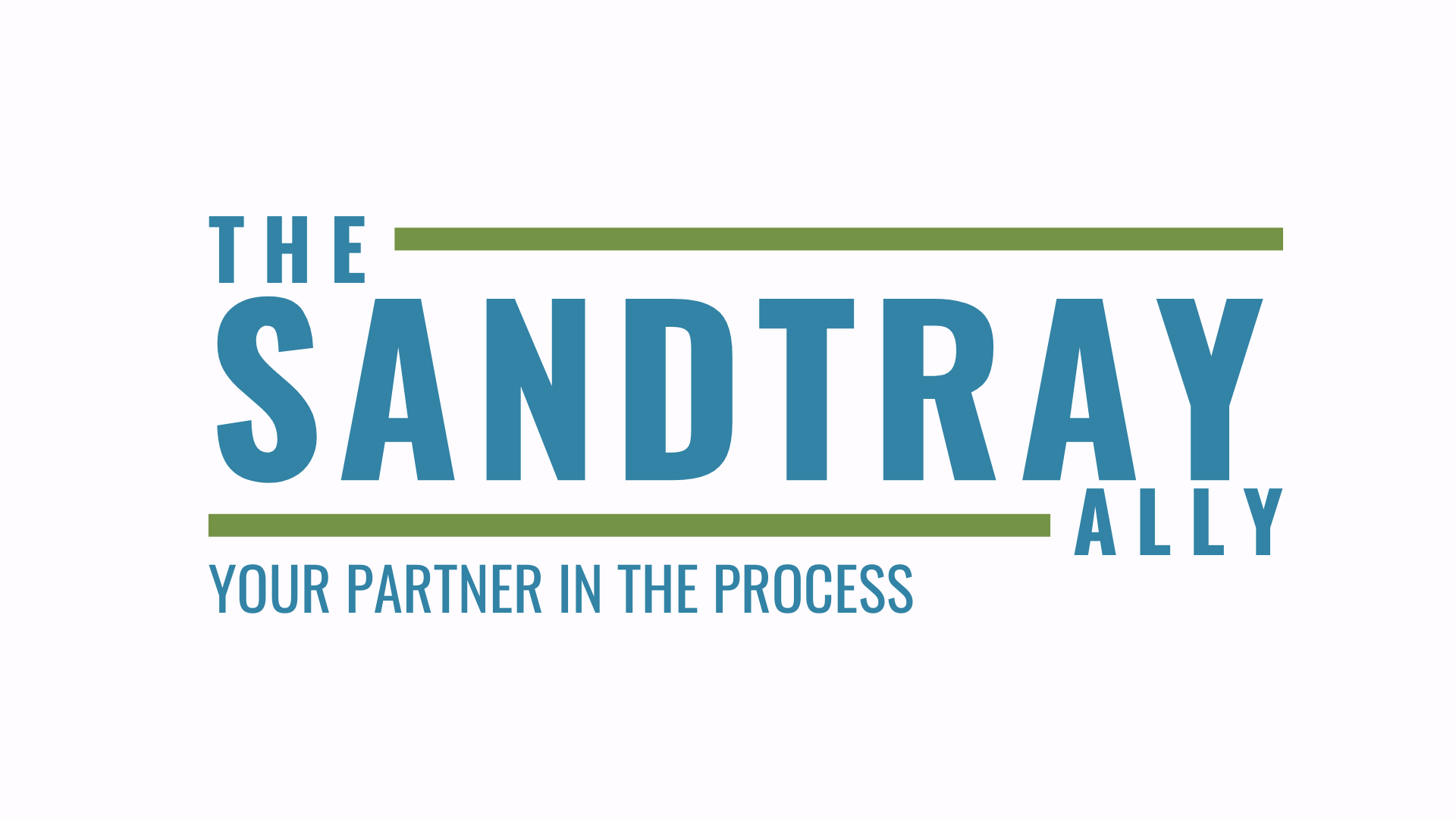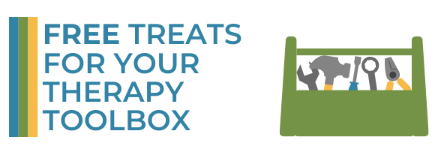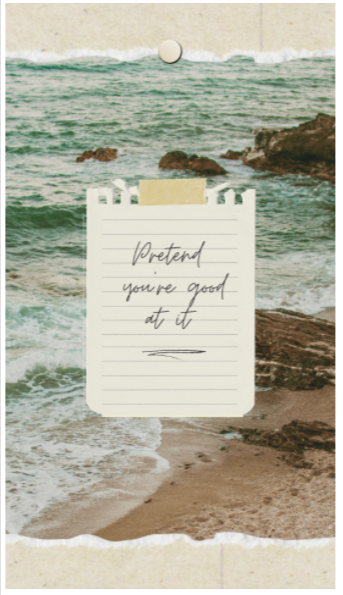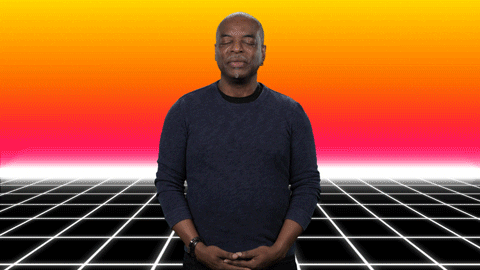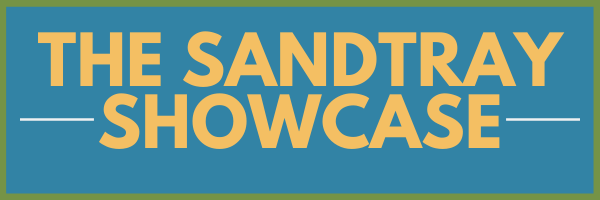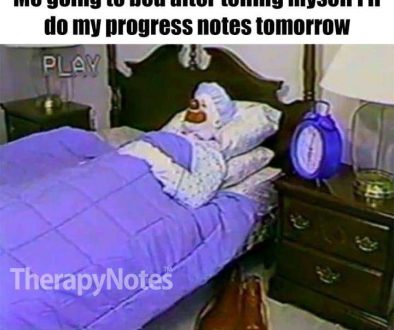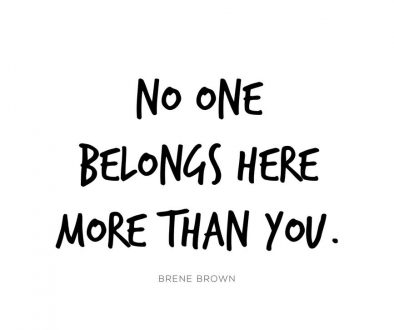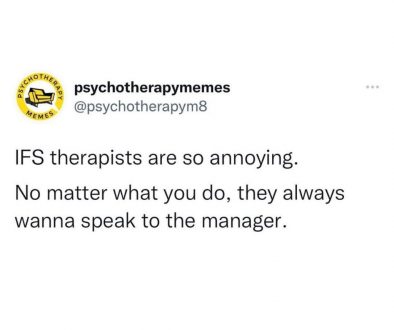In the last Ally I kinda bared my soul to you all. Well, as much as you can to 20,000 therapists through a screen. You got a tiny peek into the world of Amy - the good, the bad, and the ugly. For a lot of folks (and me several years ago tbh), it would have been enough to warrant a vulnerability hangover. But, because I've completed a TON of my own work over the past several years and stopped taking myself so seriously, I'm able to share more of my true self with others. The result? A greater connection to my people AND backlash from those who aren't. The real truth? Opening yourself up to folks and doing the hard things is scary, but it's oh so worth it. The events of the past several years have helped reinforce that my true purpose in this world is to call others, especially therapists, to live bigger, do the hard things, and take the leap. My first ICST cohort starts next week and we will all take the journey together of not just learning sandtray (that's a huge part of it of course) but opening up through trays and to others so we can change clients' lives through changing ourselves. Part of this growth entails facing the aspects of ourselves no one likes to talk about - I think of them as the adult version of 'things that go bump in the night.' Over the next several Sandtray Ally's, we'll be discussing these adult boogeymen in an effort to help you 1. know you're not alone and not crazy for feeling this way and 2. help your clients articulate some of their feelings when they are in your sandtray struggling to understand their very real fears. Our topic for today (as mentioned in the last Ally if you read closely) is the imposter syndrome. I was first introduced to this idea back in my first semester of Honors College from the Founder of the program, Norb Schedler. To help you picture Norb, he was a philosophy professor from Princeton who had a calling to develop an Ivy League type program in the South. With his ever-present bow-tie and New Balances, he introduced a bunch of 18-year-old babies to critical thinking AND how to live an authentic life. Those of us in the Honors College came from all over the South, gleaned from our high schools because we were at the top of our classes. Although we were deemed as the 'best of' from where we were from, there's still a little thing that people from the South don't often talk about - an imposter syndrome that we aren't THAT SMART. Few of us could claim esteemed lineages and some were first generation college students. We spoke slower and were often more comfortable at football games or beside the creek bed than in the halls of prestigious universities or at events where people from real places (like New York, Harvard, California) resided. Because of this, a small voice rings about in your head, highlighting that 'yes you're smart for HERE but are you REALLY intelligent?' I was one of those people. But, until that day, I never had the words to put it together. It was a brisk fall day that he looked us all in the eye and said, "I bet you think you're not that smart, that you don't have what it takes. That one of these days someone will figure out that you REALLY don't know what you're doing and you'll be FOUND OUT." I looked around at everyone else to make sure they were still present because he was talking to me. I had those thoughts of not good enough, not smart enough, and being, well, just a fraud. When he named it, I was blown away that I wasn't alone and one of my first experiences of 'feeling felt' happened. From then, I was HOOKED. I wanted more of this real talk in my life, more vulnerability, more authenticity. Little did I know that this was the start of a long journey of diving deep into myself and with others (one of the reasons that I became a therapist). This experience nearly 25 years ago was one that I still carry with me today and provides a present to therapists I train, helping them name that nebulous feeling that clings to your psyche in the middle of the night, the one that whispers 'What if I'm not good enough?' You may be thinking, 'Ok, great Amy, I get it but what do I do now?' Of course, I'm not going to leave you hanging. Below are 5 of my top go-to resources for when I feel like I'm not enough or don't know enough when doing sandtray therapy 1. Name it to tame it. The ol' Daniel Siegel phrase applies here. Name that this is your brain lying to you and operating from a place of fear. Just because something FEELS true at the time doesn't always mean it is true. 2. Watch inspiring videos to help you get out of your head. One of my recent go-to's that I've literally watched on repeat over the past several weeks is HERE. Short and sweet, but it kinda feels like you're in church. 3. Get out of your head with music. Music helps regulate us with rhythm, allowing for our cortex to open, which means you can think clearly, rather than shame spiral (more on this in the next several weeks). Check out one of my favorite Spotify playlists HERE. 4. Know your neuroscience. Once you get the WHY down behind the power of sandtray therapy, you can rest that the tool is working, even if your client can't articulate everything. To help understand this, check out my explainer videos on Youtube that spells out why sandtray works for children and adults. 5. Get trained. Wherever you are, however you can, get quality training from those who know what they are doing. The more you practice and KNOW what you're doing, the less scary it will feel. Two IAST trainers have open enrollment now for their credentialing programs. Check them out HERE and HERE. Also, if in-person training isn't doable for you, my online membership program, The Sandtray Suite opens July 25th. | 